Letter Recognition Teaching Resources
Letter recognition is a core component of early literacy education, and if you're on the hunt for letter recognition worksheets and games, you're in luck.
The Teach Starter team of teachers has put together the ultimate guide to teaching students to recognize the letters of the alphabet — both uppercase and lowercase — along with curriculum-aligned teaching resources to make your lesson planning easy.
New to teaching early readers? It may have been a while since you were working your way through the ABCs with a classroom full of students, but that's OK! Our expert ELA teachers have got your back! Read on for tips and resources from our expert teacher team! (Feel free to skip ahead to the printables and digital Google Slide templates if you've already got a handle on this information!)
What Is Letter Recognition and Why Is it Important?
Letter recognition is typically defined as a reader's ability to identify a letter when it's shown to them or to pick out a particular letter from a group of letters.
Letter recognition is one of the earliest steps on the journey to becoming a reader and falls within the bounds of teaching using the science of reading pedagogy. It comes even before phonemic or phonological awareness, which involves learning the sounds that different letters and groups of letters make.
How to Teach Letter Recognition — Tips From Our Teacher Team
OK, so we've covered the what. Now it's time for the how! Here are some tips from our teacher team to help you craft your plan for teaching students to recognize the letters of the alphabet on their journey to becoming capable readers.
Learning to recognize letters often begins with uppercase letters before students move on to lowercase letters, with a goal of eventually being able to pick out all 26 letters in the alphabet in both uppercase and lowercase form.
We've found it's helpful to start off with the letters your students will see most as they begin to combine letters into simple words such as S, A, T, P, I, and N before moving on to other letters of the alphabet.
An easy letter introduction path to follow is:
- s, a, t, i, p, n
- c, k, e, h, r
- m, d, g, o
- l, f, b, q, u
- j, z, w
- v, y, x
Looking for lesson planning ideas to improve letter recognition in your class? Explore alphabet activities, letter games, and more in this collection of teacher-curated resources!
Each resource has undergone a thorough review by a member of the Teach Starter team to ensure it's been fact-checked, spell-checked, and follows the latest teaching trends. All you have to do is download and add to your lesson plans!
- Free Plan
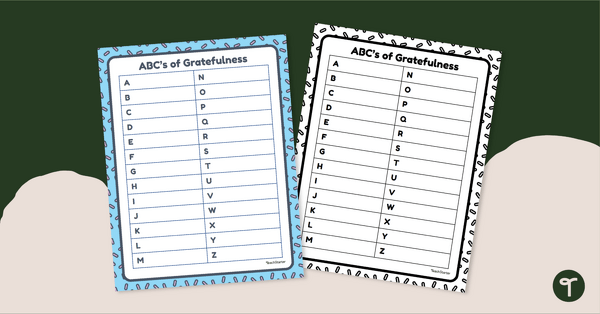
ABC's of Gratefulness - A to Z Gratitude List
Make a list of things to be grateful for with a printable A to Z gratitude list template.
- Plus Plan
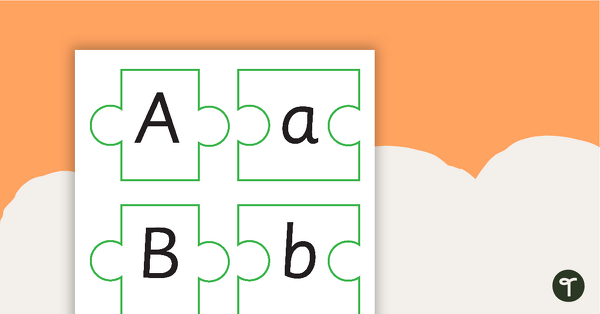
Alphabet Puzzles - Upper and Lower Case Letter Recognition
Alphabet puzzles to assist with upper and lower case letter recognition.
- Plus Plan
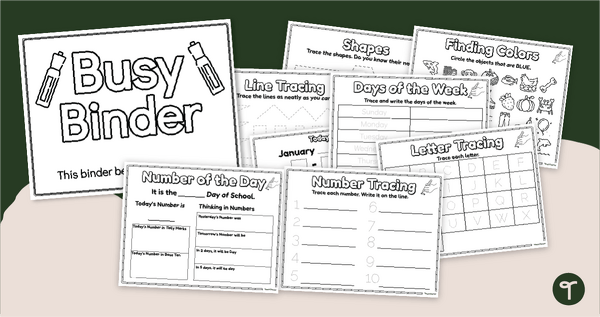
Busy Binder - Kindergarten Morning Work Activity Book
Review daily calendar, math, literacy, and fine motor skills with a printable kindergarten Busy Binder workbook!
- Free Plan
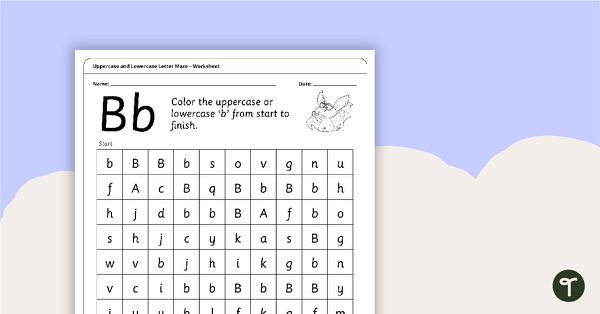
Uppercase and Lowercase Letter Maze - 'Bb'
A fun maze to use when learning how to identify uppercase and lowercase letters.
- Plus Plan
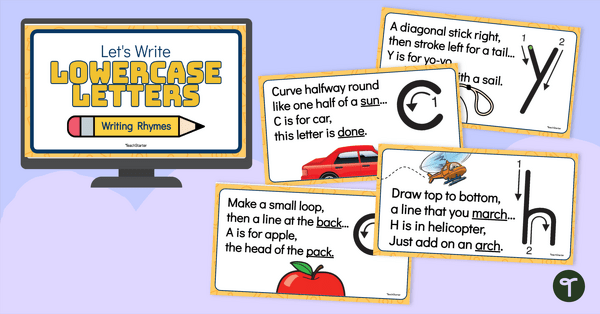
Alphabet Writing Rhymes - Teaching Slides
Use these fun alphabet writing rhymes to help students learn to write the letters of the alphabet.
- Plus Plan
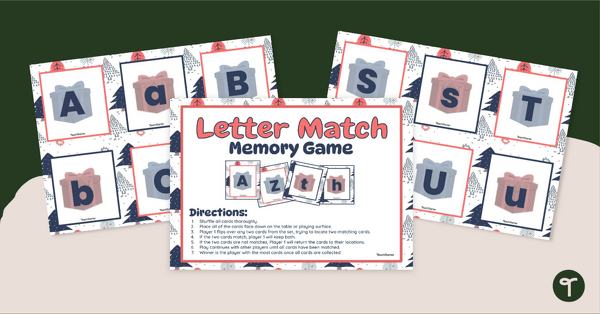
Christmas Game for Kindergarten - Upper and Lowercase Letter Memory
Build letter recognition skills and add Christmas spirit to your literacy centers with a Printable Letter Matching Christmas Game for Kindergarten.
- Plus Plan
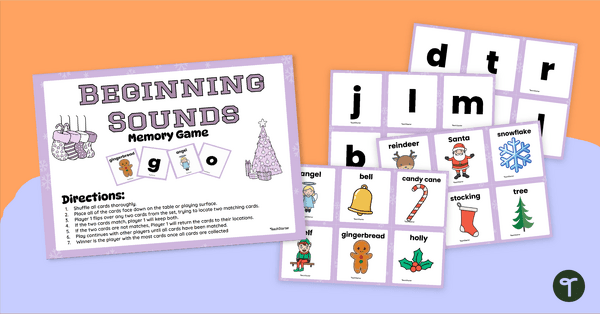
Christmas Memory - Beginning Letter Sound Games
Have fun matching Christmas words with their beginning sounds using printable Christmas Letter Sound Games.
- Plus Plan
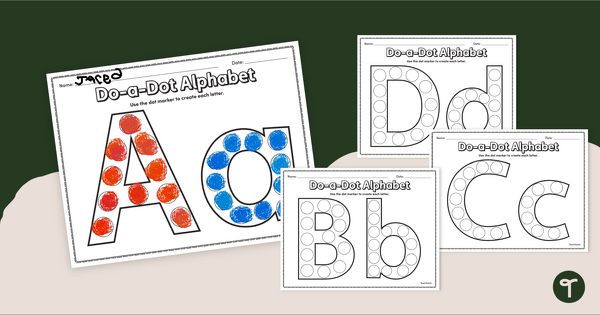
Dot Painting ABC Worksheets
Build fine motor skills and letter recognition with a fun set of Alphabet Do-a-Dot printables.
- Free Plan
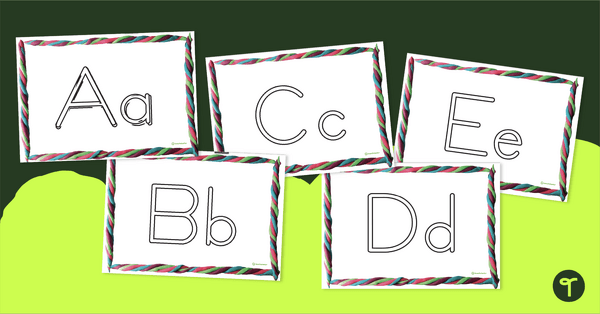
Alphabet Playdough Mats for Fine Motor Development
A set of alphabet playdough letter mats to help children develop their fine motor skills and identify the letters of the alphabet.
- Plus Plan
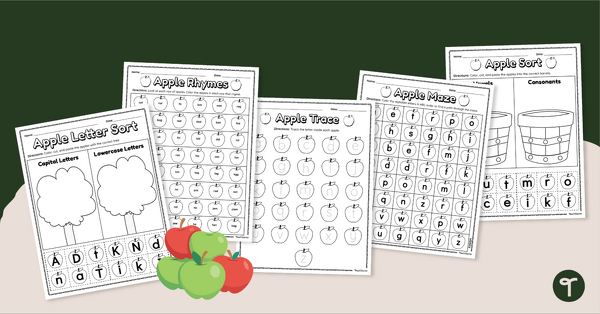
Apple Theme Worksheets - Preschool and Kindergarten
Bring a bit of fall into the classroom with a set of apple-themed letter recognition worksheets for preschoolers and kindergarteners.
- Plus Plan
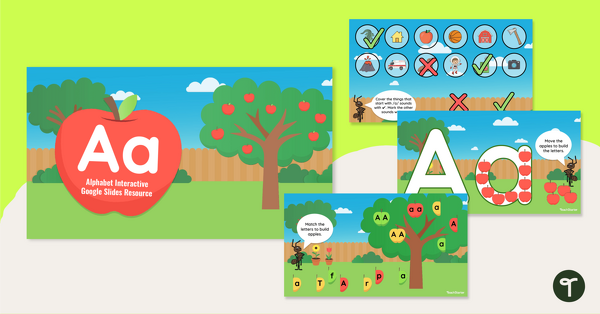
Alphabet Google Interactive — Letter A
Engage learners with an innovative approach to learning the Letter A with a Google Slides Interactive Activity.
- Plus Plan

Letter Craft Activity - 'T' is For Toucan
An activity to assist young students with letter recognition, phonological awareness, and fine motor development.
- Plus Plan
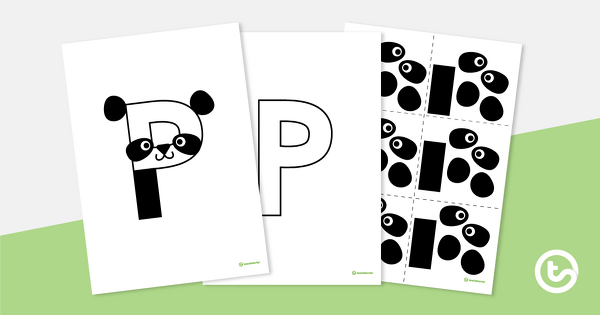
Letter Craft Activity - 'P' is For Panda
An activity to assist young students with letter recognition, phonemic awareness and fine motor development.
- Free Plan
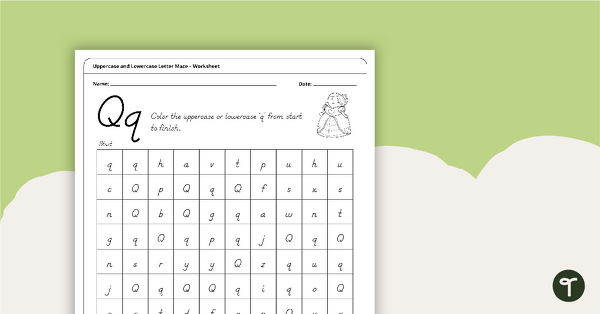
Uppercase and Lowercase Letter Maze - 'Qq'
A fun maze to use when learning how to identify uppercase and lowercase letters.
- Plus Plan

Letter Craft Activity - 'A' is For Ant
An activity to assist young students with letter recognition, phonological awareness, and fine motor development.
- Plus Plan
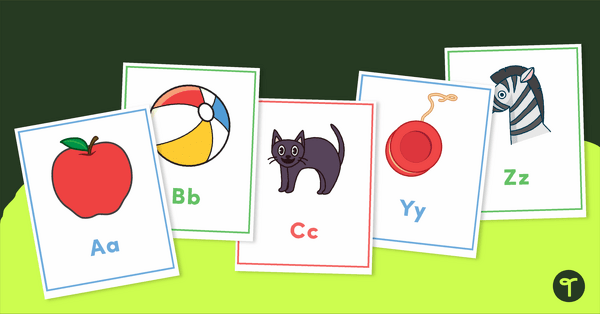
Classroom Alphabet Poster Pack
Create your own classroom alphabet line with these ink-friendly classroom alphabet posters.
- Plus Plan
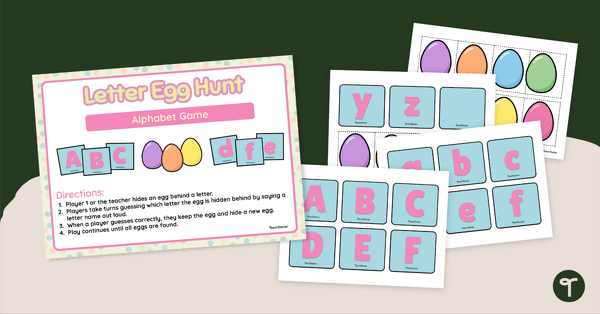
Egg Hunt Pocket Chart - Alphabet Game
Practice letter recognition with this Easter Egg Alphabet Hunt Game.
- Plus Plan
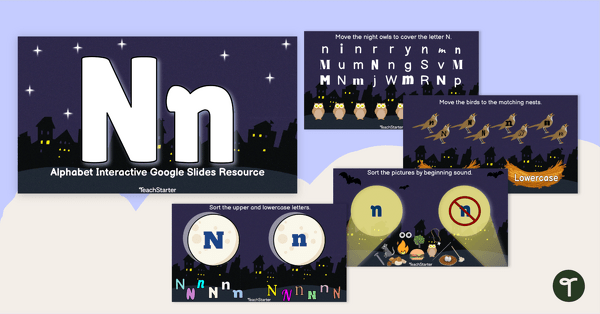
Google Slides Alphabet Interactive - Letter N
Add hands-on literacy activities to your reading centers to help students identify, write, and learn the sound of the letter N.
- Plus Plan
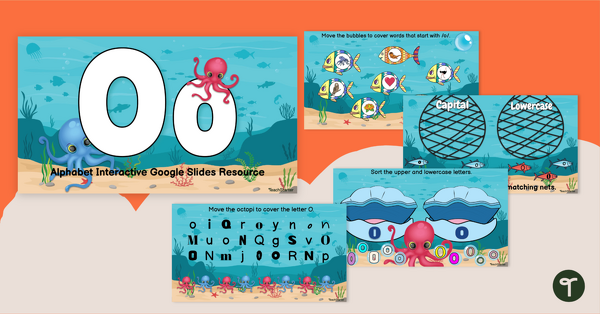
Alphabet Interactive - Letter O
Optimize identification of the letter O with a Google Interactive Activity.
- Plus Plan
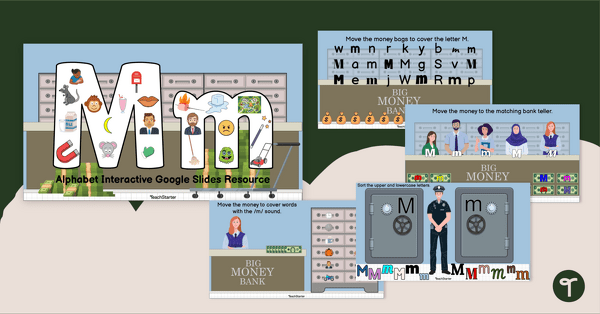
Alphabet Interactive - Letter M
Build letter recognition and phonemic awareness of the letter M with a Google Interactive Activity.
- Plus Plan
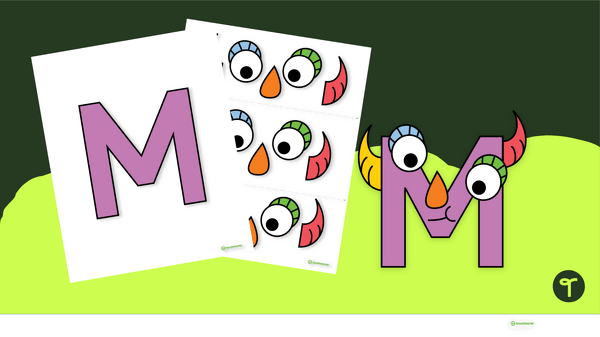
Letter Craft Activity - 'M' is For Monster
An activity to assist young students with letter recognition, phonemic awareness and fine motor development.
- Plus Plan
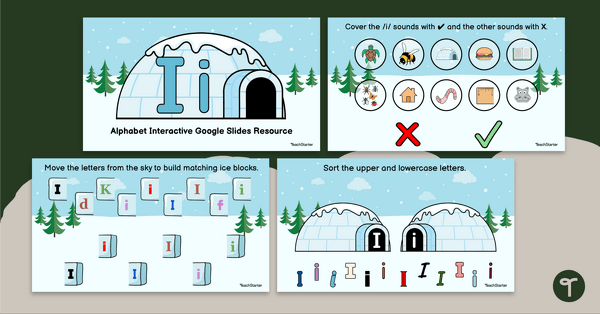
Alphabet Google Interactive - Letter I
Help students identify, write, and learning the sound of letter I with an interactive activity.
- Plus Plan
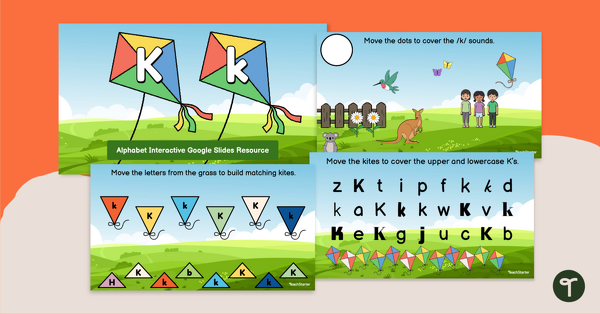
Alphabet Interactive - Letter K
Add hands-on literacy activites to your reading centers to help students identify, write, and learning the sound of letter K.
- Plus Plan
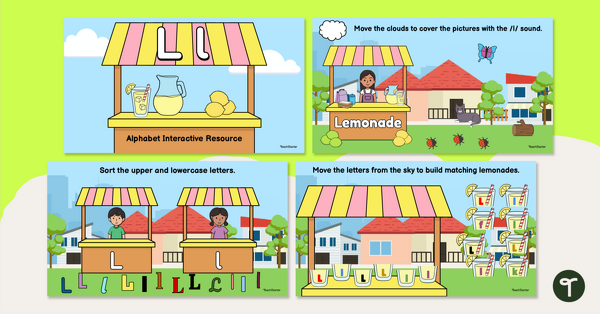
Alphabet Interactive - Letter L
Bring technology into your guided reading lessons, and learn the sounds of L with a Google Interactive activity.
- Plus Plan
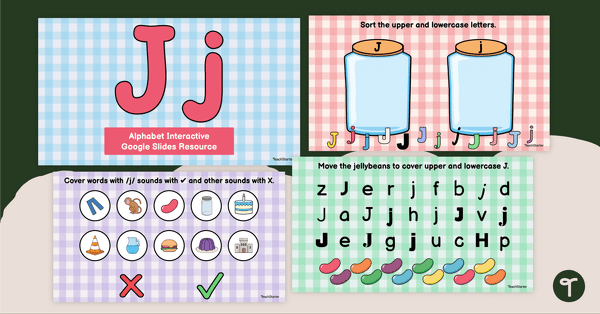
Alphabet Google Interactive - Letter J
Add digital activities to your kindergarten literacy centers to aid students in learning the letter J.
- Plus Plan
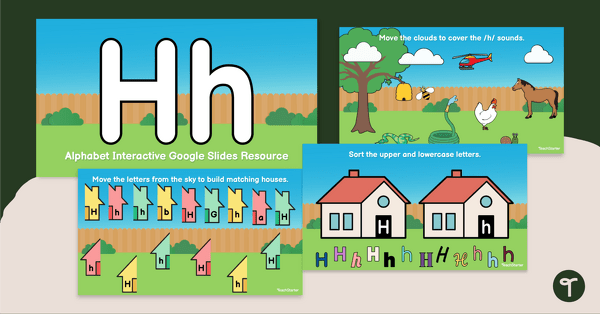
Alphabet Google Interactive - Letter H
Add hands-on literacy activites to your reading centers to help students identify, write, and learning the sound of letter H.
- Plus Plan
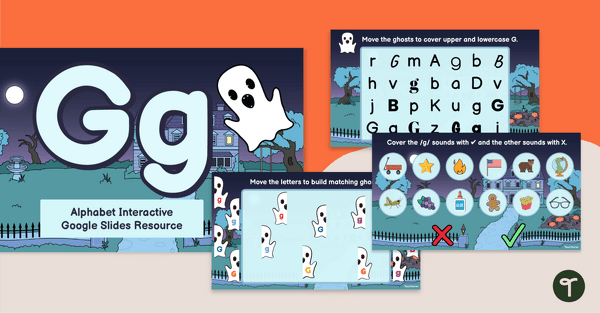
Alphabet Google Interactive - Letter G
Add hands-on literacy activites to your Halloween reading centers to help students identify, write, and learning the sound of the “ghostly” letter G.
- Plus Plan

Alphabet Google Interactive - Letter F
Use a Google Slides Interactive Activity to aid students in learning the letter F.
- Plus Plan
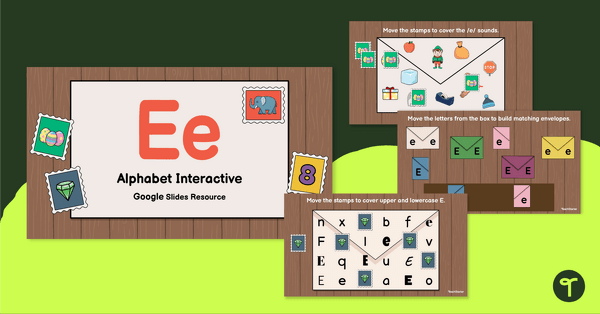
Alphabet Google Interactive – Letter E
Build letter recognition skills and phonemic awareness with a Letter E Google Slides Interactive Activity.
- Plus Plan
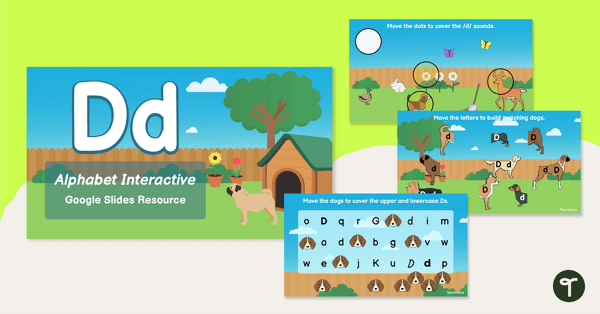
Alphabet Google Interactive — Letter D
Dive into learning the letter D with a Google Interactive Activity.
- Plus Plan
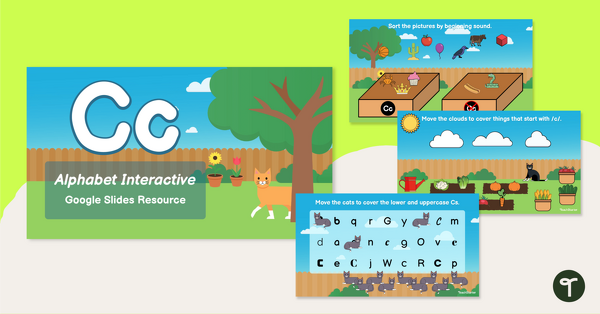
Alphabet Google Interactive — Letter C
Identify, build, and learn the sounds of the letter C with a Google Slides Interactive Activity.
- Plus Plan
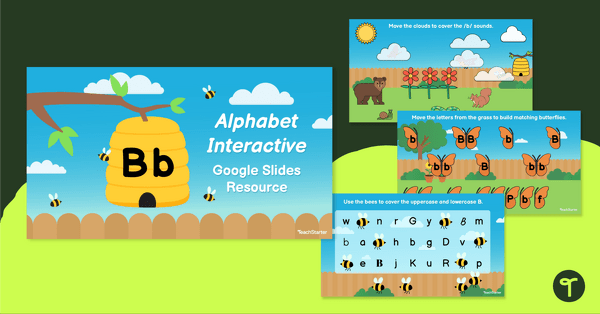
Alphabet Google Interactive — Letter B
Use a Google Slides Interactive Activity to aid students in learning the letter B.